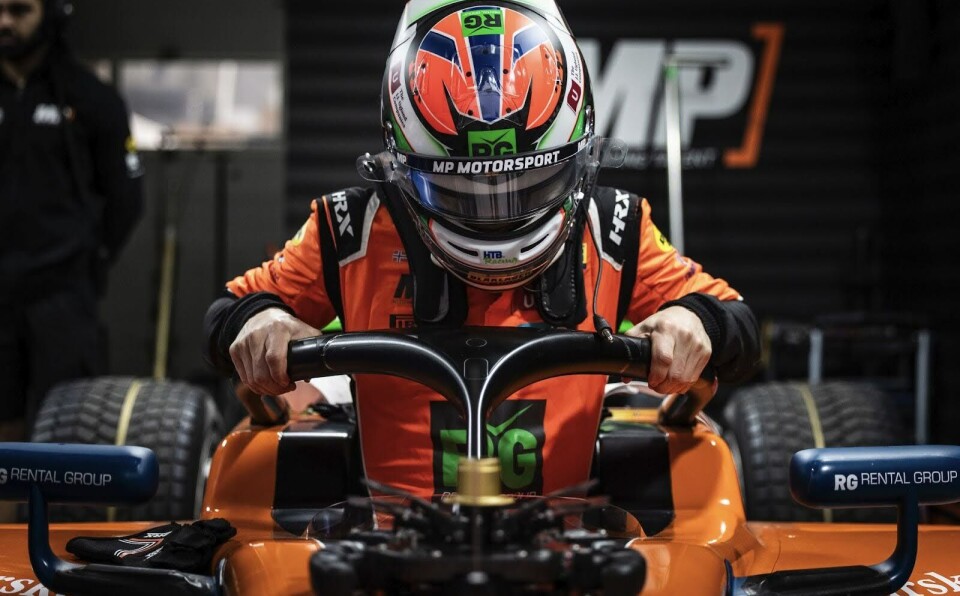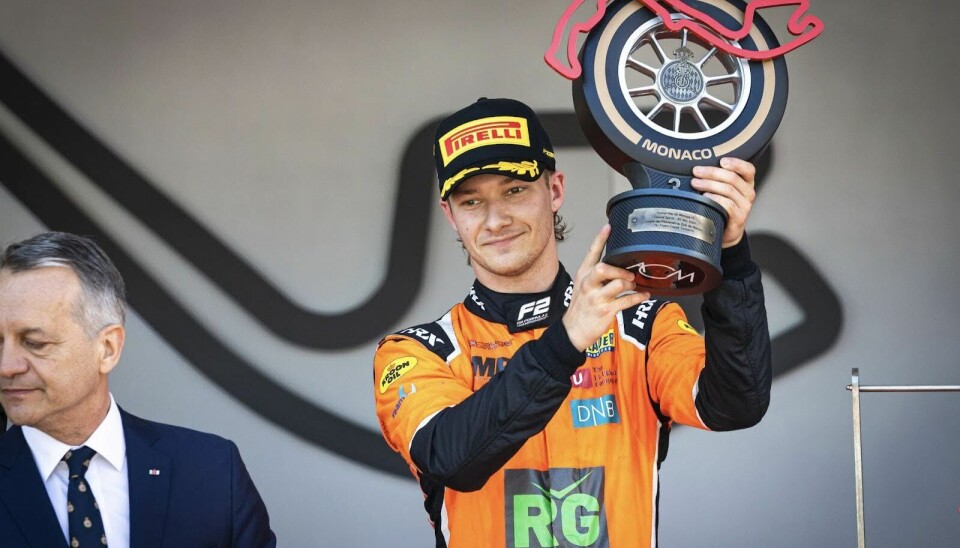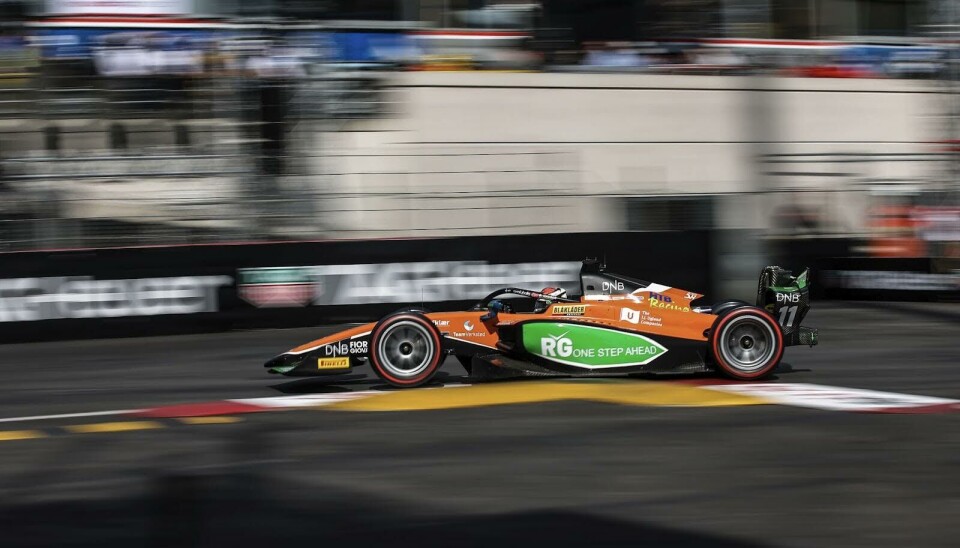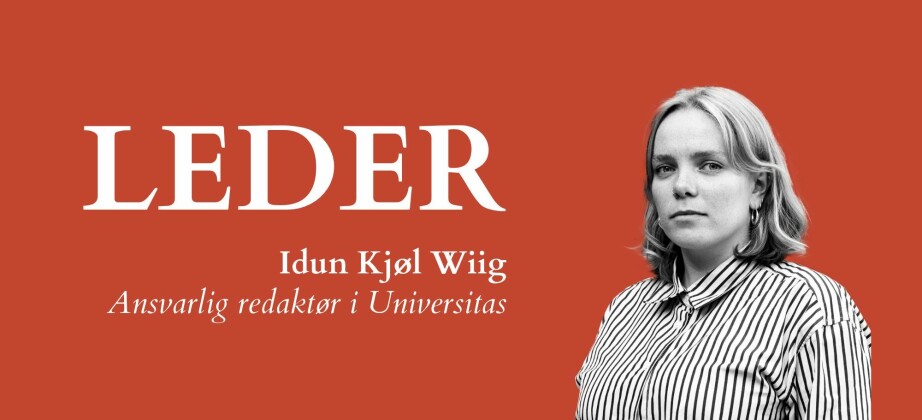
Will We Ever See Norway's Rising F1 Star Race at Home?
The Norwegian Formula 1 fanbase is growing. For hopeful fans, a Grand Prix on Norwegian soil however remains a distant dream.
Scandinavia, in general, has never had many drivers competing in motorsports, and even fewer in Formula 1—often regarded as the pinnacle of motorsport. Aspiring F1 drivers often start their careers in karting at a young age before progressing through Formula 4, Formula 3, Formula 2, and finally, Formula 1—if given the opportunity.
Historically, whenever a Nordic driver found success, the entire region would rally behind them. And so, when in 1978 Sweden tragically lost two active F1 drivers, Gunnar Nilsson and Ronnie Peterson, the neighbouring countries reeled in shock. Nilsson died of cancer, and Peterson succumbed to his injuries after a horrific crash at the Italian Grand Prix in Monza. Nilsson had achieved his first and only win the previous season, while Peterson was on track to become a World Champion, standing second in the championship.
These back-to-back tragedies dealt a severe blow to F1’s reputation in Scandinavia, including Norway. Interest in motorsports dwindled, with media attention focusing more on football and other mainstream sports.
The Way to Formula 1

To this date, Norway has never had an F1 driver in the history of the sport. However, this might soon change, as two young Norwegian talents are making waves as the country’s most successful motorsport drivers to date.
Dennis Hauger, a 21-year-old from Oslo, has been competing in Formula 2 for three years after winning the Formula 3 Championship in 2021. For 2025, he’s transitioning to IndyCar, another motorsport discipline. Success there could potentially pave the way forward to F1.
In an interview with Universitas, Hauger reflected on the challenges Norwegian drivers face.
—It has been difficult in Norway to progress in Formula driving as we do not historically have a tradition for this. My father was a rally driver, and our family would follow him to races, so I guess I learned about motorsport at a very early age, Hauger says.
Another promising talent is Martinius Stenshorne, only 18 years old. Already a development driver for McLaren—currently one of the most competitive F1 teams—in 2023 he won his debut Formula Regional Europe race, reaching a historical milestone as the first to do so. In 2025 he's set move up to FIA Formula 3.
A Growing Interest in the Sport
With so few drivers and no local Grand Prix, why does Norway’s interest in motorsports persist? One explanation lies in effective marketing, which has captivated new generations.
—The interest in the sport has certainly increased in Norway over the last four years, especially after the series Drive to Survive was premiered on Netflix. Norwegian media picked up on it, and now there is much more coverage in the press, Hauger explains.
Launched in 2019, Drive to Survive has significantly boosted global interest in F1, particularly among younger fans. According to Mat Foundry Group, the show reached an estimated 2.4 million unique viewers within two weeks of its release. By May 2023, the series had been watched by 6.8 million people, with 26% of viewers having no prior interest in F1.
This rising interest hasn’t gone unnoticed.
—I am lucky to have a lot of support from my fellow countrymen and am very grateful for that. This year, we’ve seen Norwegian flags at every race. It’s really cool every time I spot one, and I hope to see even more, he says.
Like the drivers, the new fans of the sport are quite young. Among them is the teenager who owns the Instagram fanpage of Dennis Hauger.
—This is the N.1 thing I have dreamt of in life. Today was the day I met my idol Dennis Hauger. This is to Dennis: Thanks so much for taking the time to meet me, he wrote after meeting the driver last year.
A Norwegian Grand Prix?

Today, the prospect of an F1 Grand Prix in Norway remains unlikely.
—I cannot see this happening in the foreseeable future. It demands huge amounts of governmental financial support, which I don’t believe Norway is willing to provide, Hauger admits.
Building a circuit needed for the Grand Prix, which Norway currently lacks, would cost around $270 million, according to Forbes. Furthermore, such spending conflicts with Norway’s environmental policies, given the carbon emissions associated with motorsport.
While costly, hosting an F1 race would bring attractive economic and tourism benefits. However, with only 22 races held annually, securing a spot on the calendar is highly competitive.
A Formula E Grand Prix might be a more feasible goal for Norway. Formula E, featuring electric racing cars similar to those of F1, has a lower environmental impact. Moreover, its races occur on urban circuits, eliminating the need for a purpose-built track.
Red Bull Racing has even suggested the idea, proposing a potential Formula E circuit snaking through Oslo's streets. Starting from the Opera House, their envisioned track would run through Oslo S, The Palace Park, and Akershus Fortress, before looping back through Vippetangen. Their conclusion, though?
—What if we had a street circuit in Norway? At least we’re allowed to dream!
































